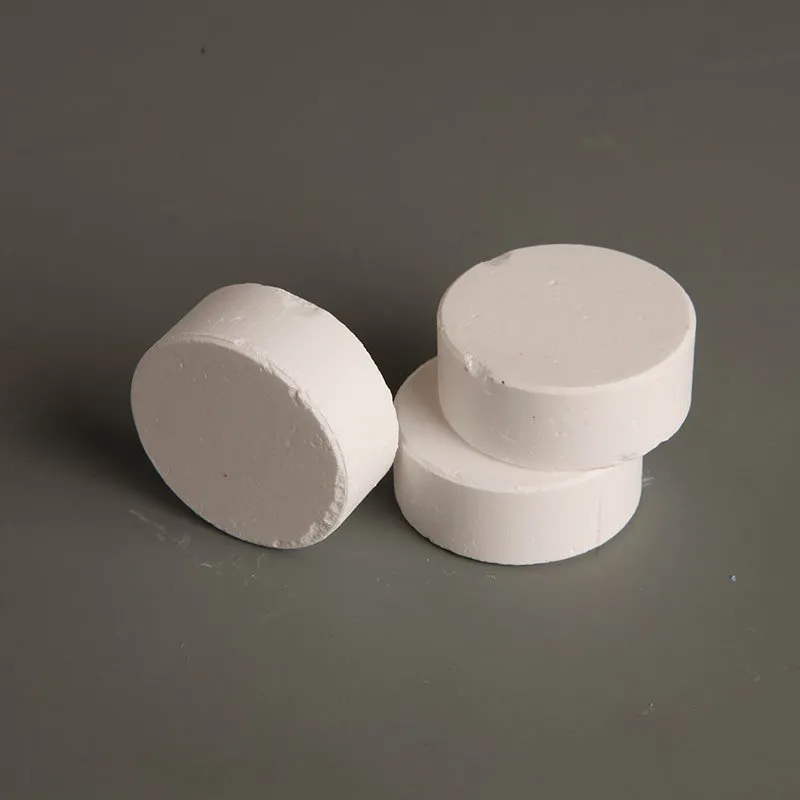



22.4 sodium chlorite solution
The Importance of 22.4% Sodium Chlorite Solution in Various Applications
Sodium chlorite (NaClO2) is a chemical compound that has gained significant attention due to its versatile applications across various industries. Among the different concentrations available, a 22.4% sodium chlorite solution is particularly noteworthy for its effectiveness and utility in water treatment, disinfection, and other industrial processes. This article aims to explore the composition, uses, safety considerations, and benefits of this concentrated solution.
Composition and Properties
Sodium chlorite is a white solid that is soluble in water. A 22.4% sodium chlorite solution indicates a highly concentrated formulation, which typically contains 22.4 grams of sodium chlorite in every 100 milliliters of solution. At this concentration, sodium chlorite remains stable and can be easily diluted for various applications. It possesses strong oxidizing properties, making it effective for disinfection and bleaching purposes.
Key Applications
1. Water Treatment and Disinfection One of the primary applications of 22.4% sodium chlorite solution is in water treatment processes. Its powerful oxidizing ability enables it to eliminate bacteria, viruses, and other pathogens. The solution is often used in municipal water treatment plants to ensure that drinking water meets health standards. It is also employed for treating wastewater, where it helps in the breakdown of pollutants and organic matter.
2. Food Processing In the food industry, sodium chlorite is used as a sanitizer and disinfectant for surfaces, equipment, and food products. The 22.4% solution can effectively remove biofilms and prevent microbial contamination, which is crucial for maintaining food safety. Additionally, it can be utilized in the washing and preparation of fruits and vegetables, ensuring that they are free from harmful pathogens.
22.4 sodium chlorite solution

3. Industrial Applications Various industries also rely on sodium chlorite for its bleaching and oxidizing properties. In the textile industry, it is used to bleach fabrics without damaging fibers. Similarly, in the paper industry, sodium chlorite serves as a whitening agent, improving the brightness of the final product. Its application extends to the production of cleaning agents, where it is blended with other compounds to enhance their efficacy.
4. Medical and Healthcare Sodium chlorite solutions have found a place in the healthcare sector, particularly in disinfection protocols. The 22.4% concentration is sometimes employed for the sterilization of medical instruments and spaces, ensuring that healthcare facilities are free of pathogenic microorganisms. Furthermore, sodium chlorite is being researched for its potential therapeutic applications, although this aspect is still under investigation.
Safety Considerations
While sodium chlorite is a valuable compound, it is essential to handle it with care due to its potent oxidative properties. Direct contact with skin or eyes can cause irritation, and inhalation of its dust can lead to respiratory issues. Therefore, appropriate personal protective equipment (PPE) such as gloves, goggles, and masks should be worn when working with concentrated solutions. Additionally, it is crucial to store sodium chlorite in a cool, dry place away from incompatible substances, such as acids and strong oxidizers, to prevent any dangerous reactions.
Conclusion
In conclusion, the 22.4% sodium chlorite solution is a powerful and versatile compound that plays a critical role in various sectors, including water treatment, food processing, industrial manufacturing, and healthcare. Its effectiveness as a disinfectant and bleaching agent makes it indispensable in maintaining hygiene and safety standards across these industries. However, it is vital to use sodium chlorite with caution, adhering to safety guidelines to mitigate any risks associated with its handling. As industries continue to seek effective cleaning and disinfecting solutions, the importance of sodium chlorite, particularly at this concentration, is likely to grow in the coming years.
-
Why Sodium Persulfate Is Everywhere NowNewsJul.07,2025
-
Why Polyacrylamide Is in High DemandNewsJul.07,2025
-
Understanding Paint Chemicals and Their ApplicationsNewsJul.07,2025
-
Smart Use Of Mining ChemicalsNewsJul.07,2025
-
Practical Uses of Potassium MonopersulfateNewsJul.07,2025
-
Agrochemicals In Real FarmingNewsJul.07,2025
-
Sodium Chlorite Hot UsesNewsJul.01,2025










